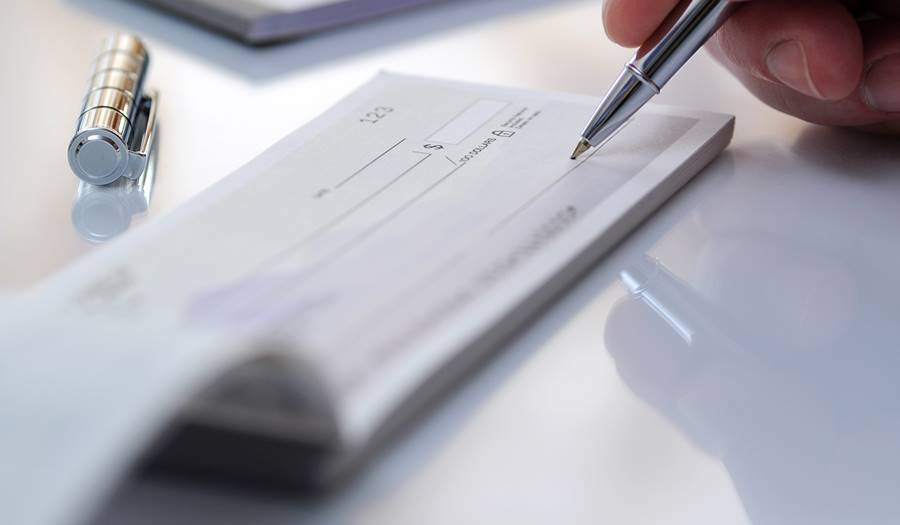
What Does a CEO Need to Do to Not Get Paid?
8/13/2020
CEO Incentive Compensation Plans Are Broken. It is Time to Fix Them.
COVID-19 has impacted everyone. Some have lost loved ones, others their livelihoods. Yet, there is one cohort that seems to be immune to the financial impact of the virus: the chief executive.
CEOs of S&P 500 member companies have largely kept their jobs and pay packages. Sure, some airline CEOs took pay cuts, but many, including executives at JC Penny, Hertz, and Chesapeake Energy are taking handsome checks before their firms declare bankruptcy.
It seems that it does not matter what a CEO does or does not do, he or she will still get paid handsomely. Make a bad acquisition? Admit that a new plant is two years behind schedule? Receive a bailout from the Federal Reserve? No worries, here are seven figures for your effort. This has always been pervasive in the corporate world, but COVID has amplified these shortcomings.
There is nothing wrong with a CEO and other corporate executives earning millions or billions in incentive compensation. But, what did the executive do to earn the big bucks? How much did he or she earn for their company, their shareholders? And, how much can the executive lose? Is their pay packet a call options contract—all upside—or a futures contract that has accountability on the downside?
There are two major problems with incentive compensation.
1. Payment without Performance
The annual cash bonus is loosely tied to performance. The most common performance metrics are based on revenue or a crude definition of profitability, whose targets they help determine and which they can easily game. Eg: Acquisitions, regardless of how well they are integrated, enhance the top line; cost cutting may help achieve short-term profitability while zapping future growth.
Share awards are equally poorly designed. Approximately, 58 percent of S&P 500 companies use Total Shareholder Return (TSR), which combines share appreciation and dividends paid. While harder to manipulate than other metrics, share prices will tend to move with the market and industry and will only minimally reflect CEO decisions. How much of the current increase in share prices is due to Federal Reserve debt purchases and US Treasury largess?
Share options have proven to incentivize CEOs to take on excessive risk and debt since the upside is significant and the downside is small, especially if the Federal Reserve will buy the junk debt. Many of the firms going bankrupt were going to be in a precarious financial condition if any recession hit. They made choices during the boom that assumed a downturn would be short and shallow. Their risks are now sinking the firms while the CEOs, who have lost all their shareholders’ money, are reaping bonuses.
2. A Lead Floor to Variable Pay
Executive incentive compensation has an artificial floor that is significantly above 0. In other words, a CEO usually gets paid regardless of how badly he or she does the job. Worse, if he or she does the job really really badly, dismissal will come with a sizable golden parachute, even in cases when the dismissal was caused by severe lapses of judgment. The CEO is being paid like a tenured professor, whose income is no longer linked to papers published or student reviews: he or she is being paid for having achieved the office of CEO, not for delivering as CEO.
Boards of directors, with help from spineless compensation consultants, have been complicit. Few are willing to risk a board seat to tell a CEO, “If you achieve anything below X, your pay will be 0, or we will claw back previous bonuses.”
This must change. If an executive director's incentive compensation package has significant—possibly unlimited—upside when superlative performance is achieved, it must have significant downside when performance collapses. If there is force majeure on the downside, it must exist on the upside.
Elon Musk’s 12-tranche compensation package uses a mix of operational, financial, and share price targets, which are progressively harder to achieve. Upon achieving a tranche, a payout is unlocked. Failing to achieve the first tranche would have meant Elon would have taken home no pay as he does not receive a fixed salary. Fortunately for him, Tesla’s operational and share price performance has likely earned him the first two tranches equal to approximately $700 million.
Is Tesla’s incentive compensation system perfect? By no means. It is fairly complicated and potentially risky. The operational metrics chosen could have been better. But it is a great improvement on most other CEO pay packages.
Boards should be more accountable to shareholders and insist on pay packages that could translate into no payout for a CEO who has performed far below expectations. CEOs cannot be too vital to discipline, pay nothing, and fire.